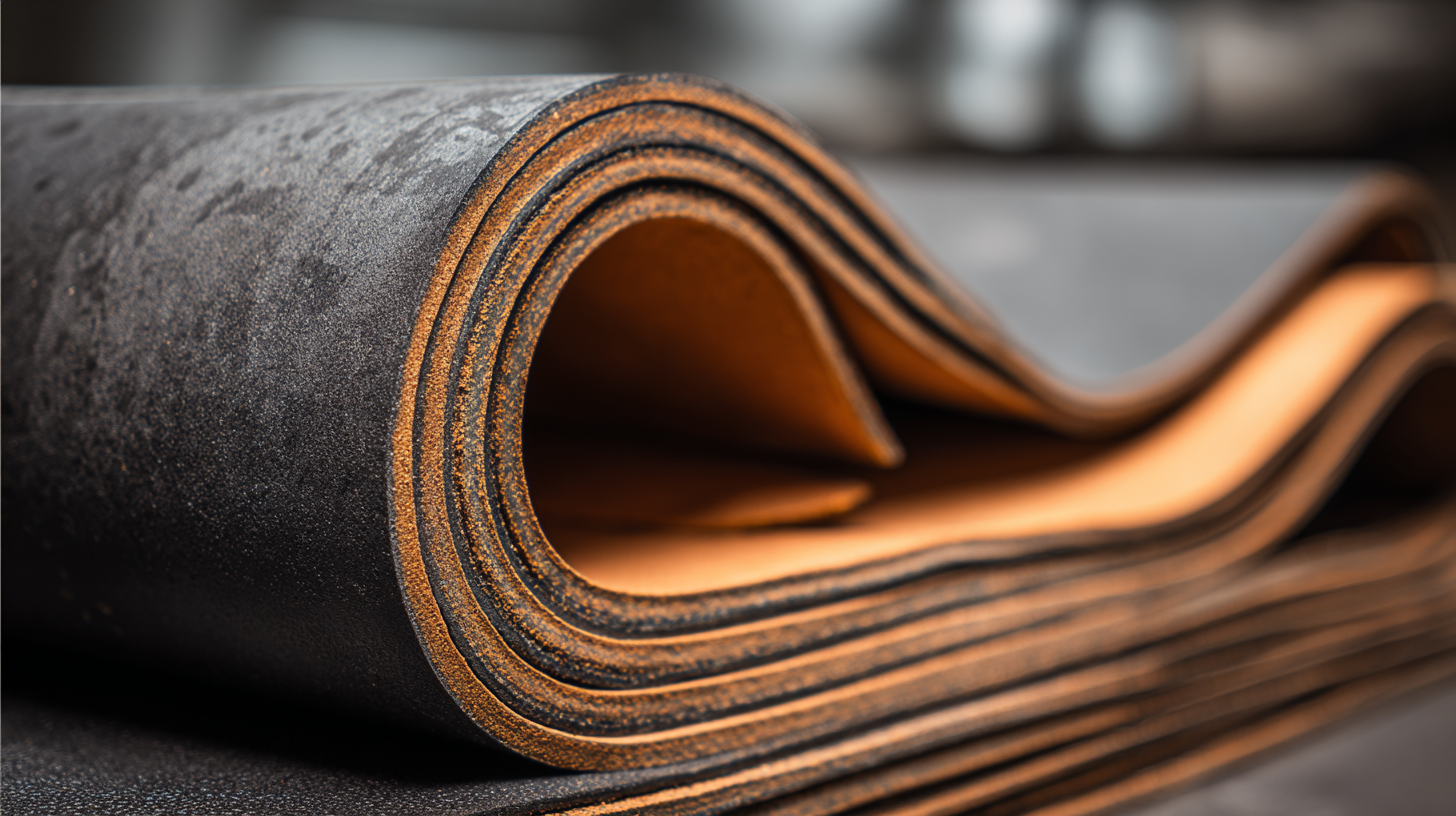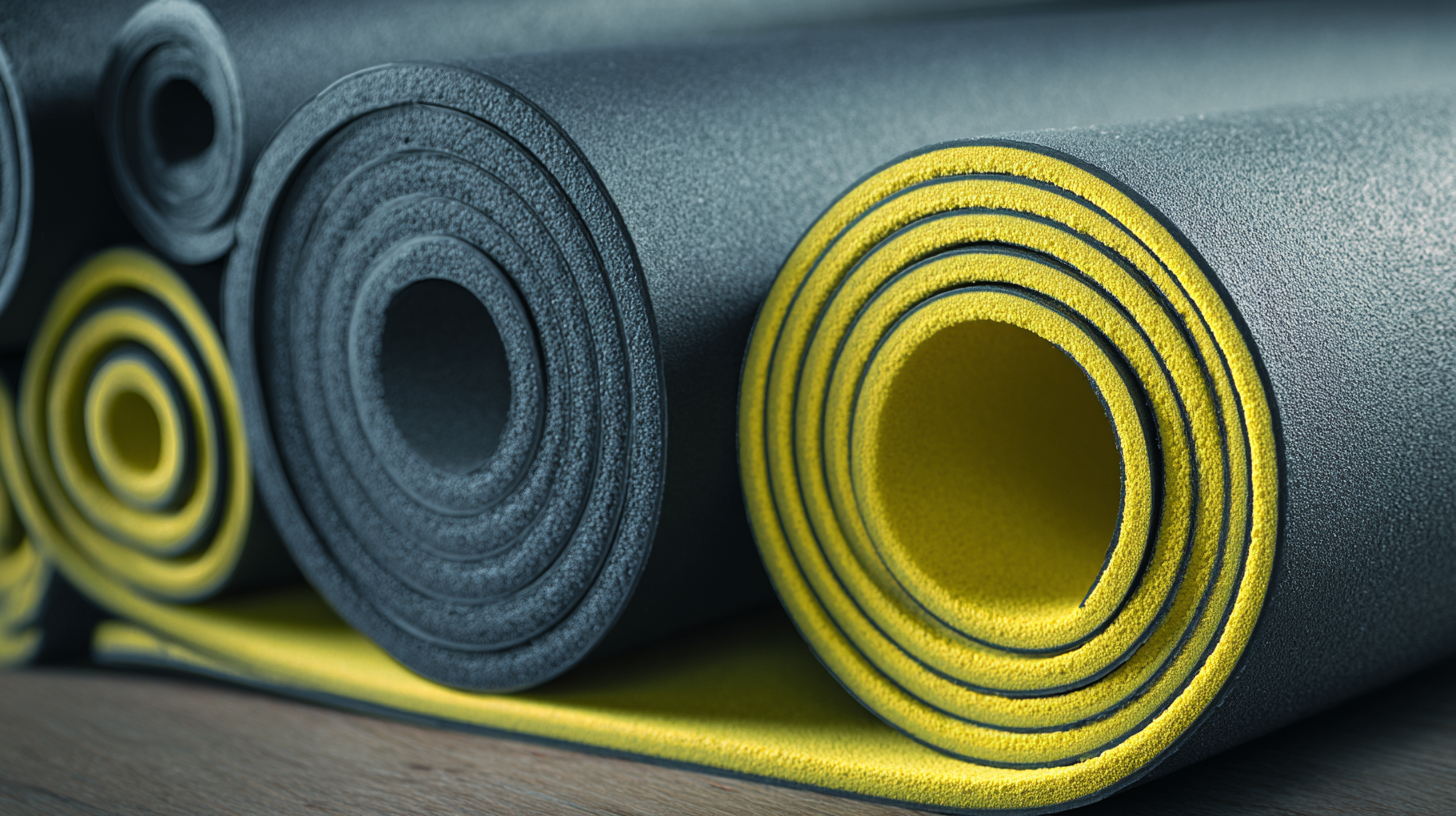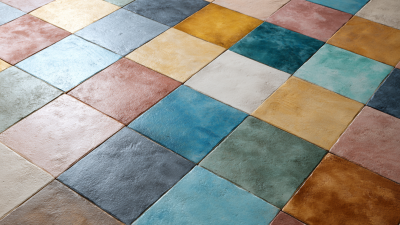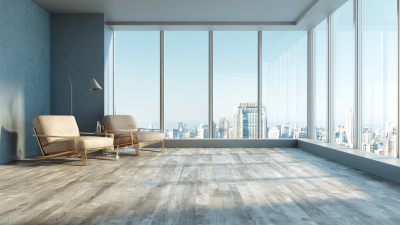
-
Home
-
About Us
-
Products
-
Solution
-
Accessories Service
-
Technicial Service
-
Additional Service
-
News
-
Blog
-
Contact Us
Leave Your Message

Rubber mats have emerged as a pivotal solution in various industries, offering both durability and safety benefits that are increasingly recognized in today’s market. According to a report by Grand View Research, the global rubber mat market is projected to reach USD 1.15 billion by 2025, driven by the growing demand for non-slip surfaces in workplaces and homes.
 These mats are designed to withstand heavy use, making them ideal for high-traffic areas, where traditional flooring solutions may fail under stress. Additionally, the National Safety Council highlights that slip and fall accidents account for over 8 million emergency room visits annually in the U.S., emphasizing the importance of effective safety measures such as rubber mats. With their superior grip, shock absorption, and ease of maintenance, rubber mats not only enhance safety but also contribute to long-term cost savings in maintenance and replacement.
These mats are designed to withstand heavy use, making them ideal for high-traffic areas, where traditional flooring solutions may fail under stress. Additionally, the National Safety Council highlights that slip and fall accidents account for over 8 million emergency room visits annually in the U.S., emphasizing the importance of effective safety measures such as rubber mats. With their superior grip, shock absorption, and ease of maintenance, rubber mats not only enhance safety but also contribute to long-term cost savings in maintenance and replacement.
Rubber mats serve as essential components in industrial environments, significantly enhancing worker safety and operational efficiency. One of the primary advantages of these mats is their ability to provide superior traction. In workplaces where spills or wet conditions are prevalent, rubber mats minimize the risk of slips and falls, allowing employees to navigate their surroundings with confidence. This friction-providing characteristic not only protects workers but also reduces the likelihood of workplace accidents that can lead to costly downtime and potential legal issues.
Furthermore, the durability of rubber mats is a considerable asset in industrial settings. They are designed to withstand heavy foot traffic, equipment weight, and harsh conditions, making them a long-lasting solution for floor protection. The cushioning effect of rubber mats also helps to reduce fatigue, enabling workers to remain comfortable and focused throughout their shifts. By mitigating the physical strain associated with standing for prolonged periods, these mats enhance productivity and overall workplace morale. As a result, investing in rubber mats not only prioritizes employee well-being but ultimately contributes to a more efficient and safer working environment.
Rubber mats are widely recognized for their durability, but understanding the metrics of durability testing is crucial for informed decision-making. Various tests, such as abrasion resistance, tear strength, and resilience under heavy loads, provide insights into the longevity of rubber mats under different conditions. For instance, mats that undergo rigorous abrasion tests tend to exhibit superior performance in environments subjected to heavy foot traffic or equipment use, ensuring they hold up over time.
In addition to testing metrics, lifespan expectations are shaped by the conditions in which rubber mats are used. Factors like exposure to UV light, moisture, and temperature fluctuations can significantly influence their durability. Generally, high-quality rubber mats are expected to last anywhere from 5 to 15 years, depending on their composition and usage context. Regular maintenance and proper cleaning can also extend the lifespan, making it essential for users to follow manufacturer guidelines. Understanding both the durability testing metrics and lifespan expectations helps consumers choose the right rubber mats that meet their specific safety and performance needs.
Rubber mats have become increasingly popular due to their safety features, particularly slip resistance and impact absorption. A recent analysis indicates that the rubber floor mats market is valued at approximately $3.5 billion in 2024, projected to grow at a CAGR of 6.1% to reach $5.8 billion by 2033. This growth is largely driven by the rising awareness of safety regulations and the need for environments that minimize slip, trip, and fall hazards.
The statistics surrounding slips, trips, and falls are alarming, as these incidents can lead to severe injuries and significant costs. Implementing rubberized safety surfacing can dramatically reduce such risks, providing a soft landing and a reliable grip. Studies show that rubber mats can absorb impact effectively, reducing the severity of falls, making them an ideal choice for high-traffic areas and recreational facilities. As these mats continue to evolve in response to market demands, their role in enhancing safety is more important than ever.
| Feature | Description | Statistic |
|---|---|---|
| Slip Resistance | Rubber mats provide a high degree of slip resistance, performing well in wet and dry conditions. | Coefficient of Friction: 0.9 - 1.0 |
| Impact Absorption | Designed to absorb shock, reducing the risk of injuries from slips and falls. | Impact reduction up to 50% |
| Durability | Rubber mats are resistant to wear and tear, making them suitable for high-traffic areas. | Lifespan: 5 - 10 years with proper maintenance |
| Comfort | Provide cushioning underfoot, reducing fatigue for standing workers. | Reduces fatigue by 30% in standing positions |
| Ease of Cleaning | Rubber mats can be easily cleaned with soap and water, maintaining hygiene. | 90% effective in removing surface contaminants |
The environmental impact of rubber mats is a significant consideration as they are increasingly utilized in various settings, from gyms to playgrounds. One of the primary sustainability practices involved in the production of rubber mats is the use of recycled materials. Many manufacturers source their rubber from discarded tires, which not only prevents rubber waste from ending up in landfills but also reduces the need for new raw materials. This approach not only conserves resources but also lowers the carbon footprint associated with the manufacturing process.
In addition to utilizing recycled materials, the lifecycle of rubber mats contributes to their sustainability credentials. These mats are designed for durability, meaning they have a long lifespan and require less frequent replacement compared to alternative flooring options. When they do reach the end of their useful life, rubber mats can often be recycled again, turning them into new products or using them as raw materials in other applications. This recycling data reveals a commitment to a circular economy, demonstrating that rubber mats can play a vital role in reducing environmental impact while promoting safety and performance in various environments.

When considering the cost-effectiveness of rubber mats, it is essential to analyze not just the initial purchase price but also the long-term benefits they offer. While rubber mats may have a higher upfront cost compared to alternatives like carpet or vinyl, their durability can lead to significant savings over time.






